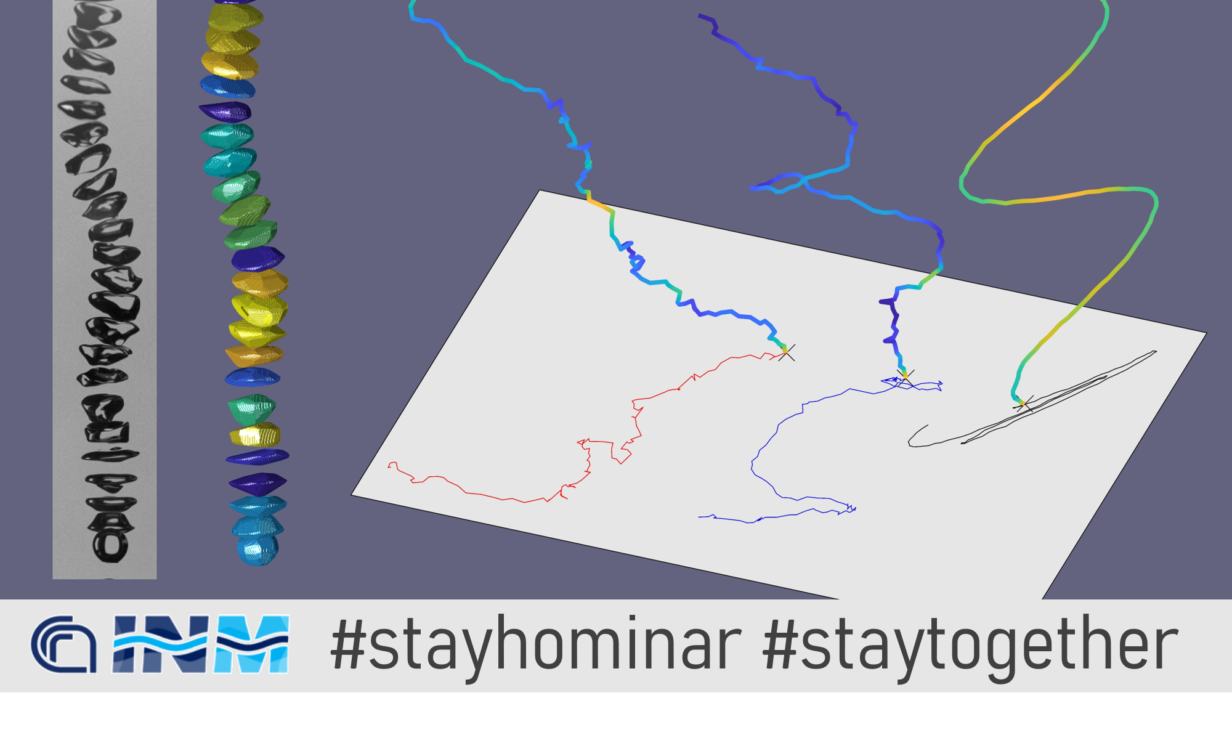
Highlights from “A shadowgraphy approach for the 3D Lagrangian description of bubbly flows” by Di Nunno, Alves Pereira, Granata, de Marinis, Di Felice, Gargano and Miozzi. Measurement Science and Technology, 2020. https://doi.org/10.1088/1361-6501/ab8fef
Where and when
Your home (via Google Meet), Friday 12 June 2020, 12:00
Abstract
The problem of the isolated rising bubble has been widely studied for a long time, but only in recent years a fairly complete and coherent picture of the parameters that control the dynamic regimes of the bubble is emerging from the background. Based on the most recent results reported in the literature and on the experimental results obtained in https://doi.org/10.1088/1361-6501/ab8fef, this speech reports about the correspondences between the oscillations of the speed, of the volume, the eccentricity, the inclination and the trajectory of the bubble at three different parameter conditions, pointing out how the apparent simplicity of the isolated rising bubble configuration hides a great complexity that deserves to be investigated.
Short bio
Massimo Miozzi, Ph.D., is a research scientist at the Institute of Marine Engineering CNR-INM (ex INSEAN) in Rome, Italy. His research areas cover experimental and applied hydrodynamics and theoretical hydrodynamics models. He contributed to the development of image-analysis algorithms for the measurement of kinematic quantities in single and multiphase flows and for the skin-friction direct estimation through the measurement of surface temperature via Temperature-Sensitive-Paint. Main topics of application concern the study of the topology at-the-wall of attached and separated flows and associated themes, e.g. active and passive drag reduction as well as transition and turbulence among the others. Other topics of interest focus on geophysical themes and include the physical models of free-surface flows at river mouth and of the wave-excited marine coastal seabed dynamics.

